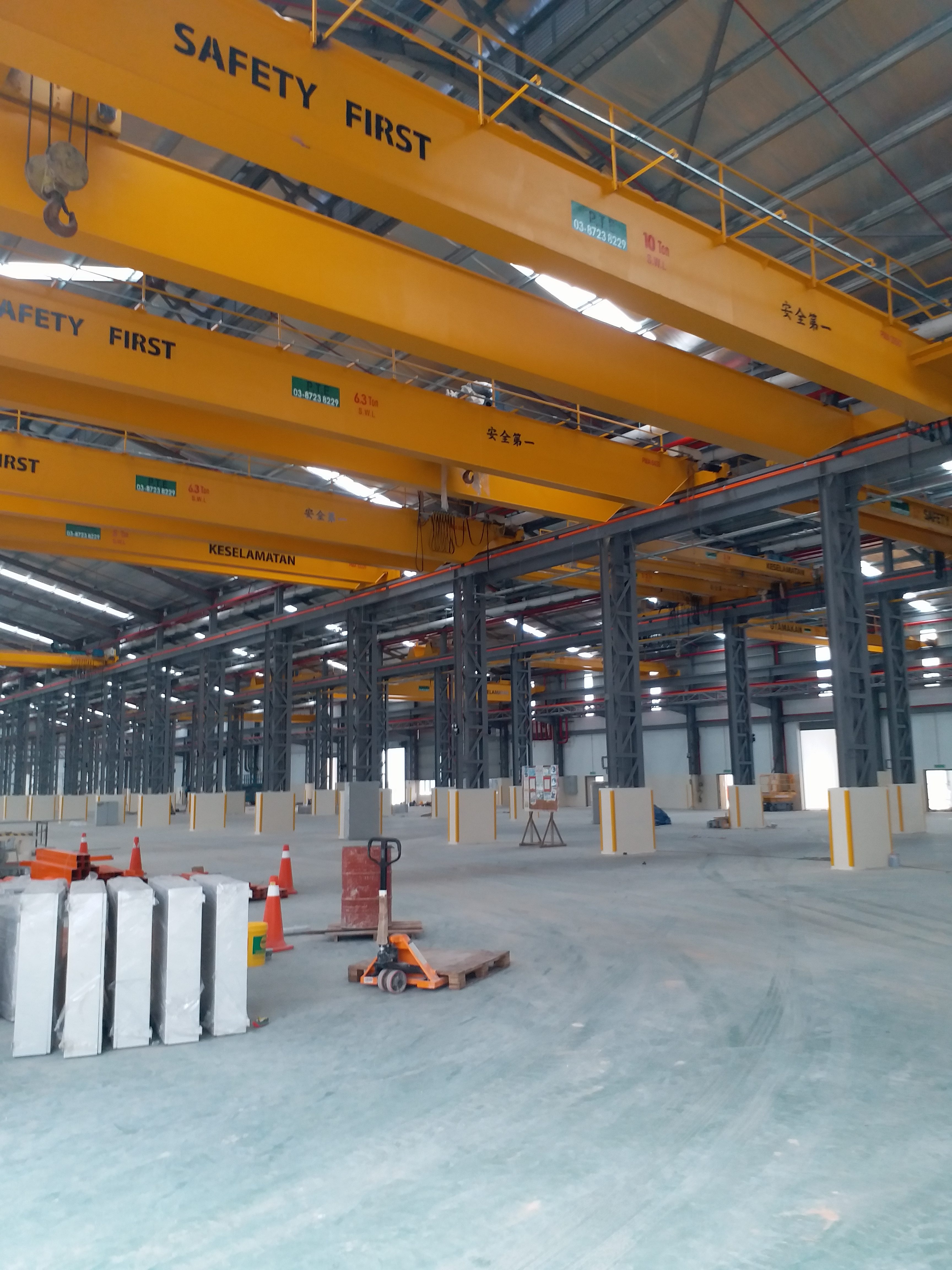
This is custom heading element
If you’re like most of my clients, you’ve probably pushed your crane systems hard over the years. And that’s okay—cranes are built to work. But here’s the problem: even the toughest lifting systems eventually show signs of fatigue, and without a solid refurbishment plan in place, you’re risking more than just downtime.
That’s why I always encourage manufacturers, logistics operators, and construction firms to think beyond routine servicing. What you really need is a professional crane refurbishment plan—something proactive, strategic, and tailored to extend the life of your equipment before things break.
What Is Crane Refurbishment
What’s the different from refurbishment and regular maintenance? Maintenance is routine—it’s about checking chains, tightening bolts, and changing oil. Refurbishment is deeper. It means stripping down the system, evaluating every component, and restoring performance to as close to “like-new” as possible.
Here’s what a proper crane refurbishment might include:
-
Replacement of worn gears, bearings, motors
-
Upgraded electrical control systems
-
New hoisting chains or wire ropes
-
Fresh paint, anti-corrosion treatment, or structural reinforcement
-
Load testing and safety re-certification
Signal That Crane Is Ready for Refurbishment
I’ve found that most people wait until something breaks to take action—but there are subtle signs that your crane is due for a makeover. Keep an eye out for:
-
Jerky or delayed hoist movements
-
Rising maintenance costs or more frequent breakdowns
-
Unusual vibrations or grinding noises
-
Outdated control panels or wiring
-
Difficulty sourcing spare parts for older models
In fact, a recent client in Penang told me, “We didn’t realize how much performance we were losing until we had it refurbished.”
How a Refurbishment Plan Saves You Money
You might be thinking: “Why not just replace it?” And hey, in some cases, that’s the right call. But often, a professional refurbishment costs 30–60% less than full replacement and still gives you years of reliable use.
More importantly, refurbishment reduces:
-
Emergency repair costs
-
Unplanned downtime
-
Productivity losses during peak periods
Not to mention, it helps avoid the long lead times and supply chain issues involved with buying new cranes.
What a Professional Refurbishment Plan Looks Like (Step-by-Step)
Every refurbishment job is different—but here’s a general framework I follow when working with clients across Malaysia:
-
Initial Equipment Assessment
We inspect the crane’s mechanical, electrical, and structural integrity. -
Detailed Refurbishment Proposal
You get a breakdown of what needs fixing, replacing, or upgrading—along with costs and timelines. -
Dismantling & Component Overhaul
Motors, chains, brakes, and electricals are removed and rebuilt or replaced. -
System Reassembly & Testing
The crane is put back together with new or upgraded parts, load tested, and fine-tuned. -
Compliance Re-Certification
We ensure everything meets DOSH safety standards and provide new documentation.
Refurbishment vs. Replacement: When to Choose Which?
Here’s the rule of thumb I always use with clients: If your crane is under 20 years old, structurally sound, and mostly suffering from performance lag or aging parts—refurbish it.
But if it’s:
-
Structurally compromised
-
No longer compliant with safety standards
-
Impossible to find parts for
…then it’s probably time to consider a new system. And even then, a trade-in or staged upgrade may still be an option.
Disclaimer Statement
We hope you found this article informative. Our content is intended for general informational purposes only and does not constitute advice or necessarily reflect the full range of services offered by Power Tiek Sdn Bhd
Readers are advised to consult with a qualified industry professional and contact our experts for crane recommendations specific to their individual project needs. While we strive for accuracy and completeness in our blog posts, we cannot guarantee they are error-free. Power Tiek Sdn Bhd assumes no responsibility for any errors or omissions.

